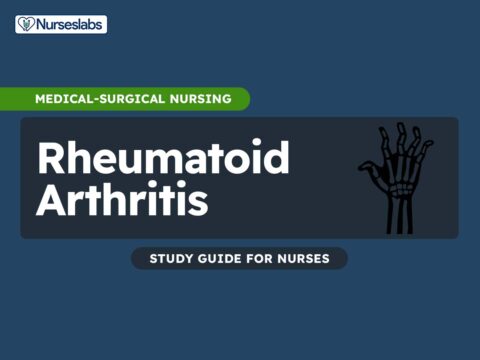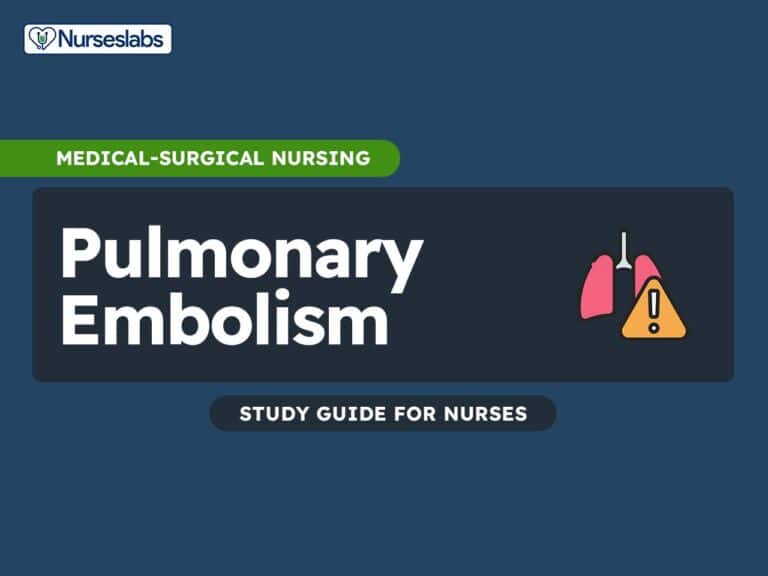Introduction
Brain Abscess, also known as intracranial abscess, is a collection of infectious material within the tissue of the brain. Nursing management and intervention of patients with brain abscess is to provide support to the patient’s medical treatment and teaching the patient and his family on what to do when seizures attacks.
Definition
- A brain abscess is a collection of infectious material within the tissue of the brain.
- Bacteria are the most common causative organisms. An abscess can result from intra-cranial surgery, penetrating head injury, or tongue piercing.
- Organisms causing brain abscess may reach the brain by hematologic spread from the lungs, gums, tongue, or heart, or from a wound or intra-abdominal infection. It can be a complication in patients whose immune systems have been suppressed through therapy or disease.
Prevention
- To prevent brain abscess, otitis media, mastoiditis, rhinosinusitis, dental infections, and systemic infections should be treated promptly.
Clinical Manifestations
- Generally, symptoms result from alterations in intracranial dynamics (edema, brain shift), infection, or the location of the abscess.
- Headache, usually worse in morning, is the most prevailing symptom.
- Fever, vomiting, and focal neurologic deficits (weakness and decreasing vision) occur as well.
- As the abscess expands, symptoms of increased intracranial pressure (ICP) such as decreasing level of consciousness and seizures are observed.
Assessment and Diagnostic Methods
- History of of infection(s).
- Neuroimaging studies such as MRI or CT scanning to identify the size and location of the abscess
- Aspiration of the abscess, guided by CT or MRI, to culture and identify the infectious organism
- Blood cultures, chest X-ray, electroencephalogram (EEG)
Medical Management
- The goal is to eliminate the abscess.
- Treatment modalities include antimicrobial therapy, surgical incision, or aspiration (CTguided stereotactic needle).
- Medications used include corticosteroids to reduce the inflammatory cerebral edema and antiseizure medications for prophylaxis against seizures (phenytoin, phenobarbital).
- Abscess resolution is monitored with CT scans.
Nursing Management & Interventions
- Nursing interventions should support the medical treatment, as do patient teaching activities that address neurosurgical procedures.
- Patients and families need to be advised of neurologic deficits that may remain after treatment (hemiparesis, seizures, visual deficits, and cranial nerve palsies).
- Frequently assess neurologic status, especially LOC, speech and sensorimotor and cranial nerve functions.
- WOF signs of increased ICP: decreased LOC, vomiting, abnormal pupil response and depressed respirations.
- The nurse assesses the family’s ability to express their distress at the patient’s condition, cope with the patient’s illness and deficits, and obtain support.
- Always provide safety measures.





































Leave a Comment